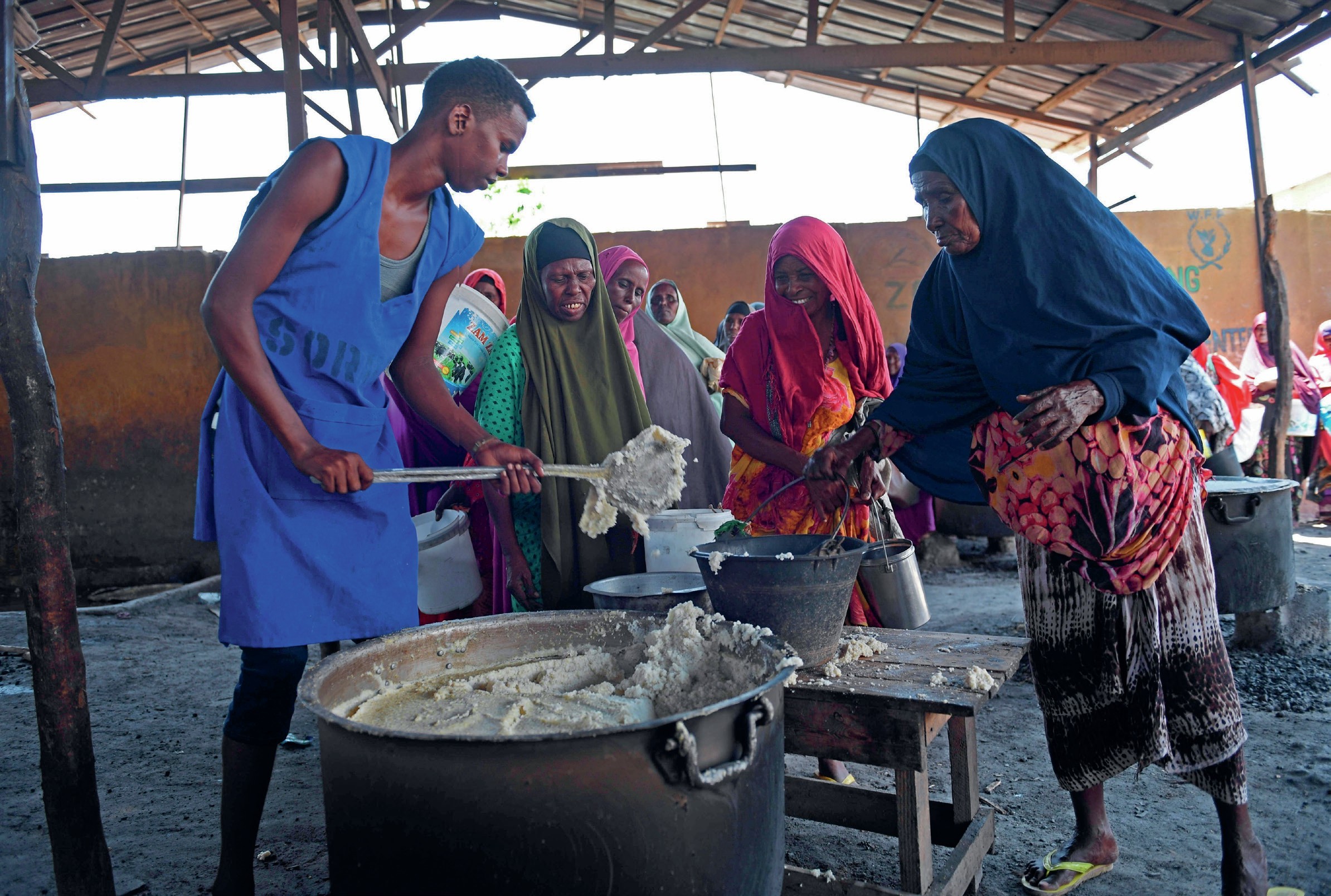
In November 2021, Somalia declared a national state of emergency due to chronic food insecurity. Around 3 million people were said to be suffering from food shortages, lack of water and at risk of losing their livelihoods as cattle and crops perished. Throughout 2021 and 2022 the crisis deepened, with United Nations (UN) estimates suggesting that nearly 43,000 people had died as a result of prolonged drought. However, despite widespread hunger and malnutrition a state of famine has still not been declared at the time of writing. Sadly, it might not be long before this changes.
Somalia is located in the Horn of Africa. It borders the Indian Ocean to the east and Djibouti, Kenya and Ethiopia to the west. It is one of the poorest and most conflict-affected countries in the world, with a history of political instability, violence and drought. A combination of human and physical factors has led to chronic food insecurity over the last 30 years, with millions of people regularly facing hunger and malnutrition. For example, in 2011, over 250,000 people died due to a combination of drought, conflict and a lack of aid.
Your organisation does not have access to this article.
Sign up today to give your students the edge they need to achieve their best grades with subject expertise
Subscribe



